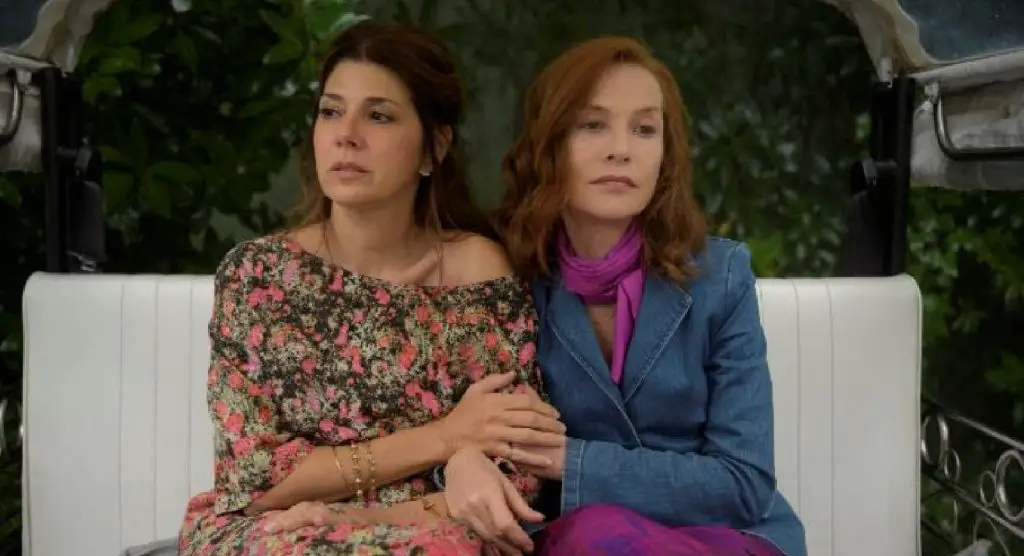
In each art form, there is a process. Filmmakers break down their goals and methods by way of what needs to be done, how they can do each scene, how much it costs, and more factors that influence the production. A writer like me, it’s a matter of sitting down and hoping the words flow easily. But where they flow from, whether it stems from a movie just seen or music being listened to during the time spent sitting at the keyboard, it depends. Sometimes it’s both. And musicians, painters, and others all have processes that lead them to either getting done what they want to get done, or wallowing in intense frustration. “The Dancer”, a Swedish documentary, looks at ballet the same way, in what these ballerinas do to attain their fullest form, what it all means for them, and to Katja Björner more specifically, the featured ballerina here, being trained for what looks like a promising legacy in her country. She’s talented. She moves so gracefully, with such lilting emotion that even if the interpretation of ballet is hard to grasp, it’s still fascinating to watch her.
Being from Sweden, the home country of Ingmar Bergman, “The Dancer” is very patient, never cutting away too quickly to focus on something else. It is the dancer’s form, the practice, the movements that make the documentary. And in all that are other elements of a ballerina’s life that influence them and help them. “The Dancer” makes its skilled differences known first by showing how ballet shoes are made. Men stand all day just to make many pairs, applying different layers to it, according to the dancer’s specifications. And as they hammer and chisel away, scraping off excess fabric and making it as strong as possible, the ballerina is led by a number of teachers who influence her in her style, of becoming a dancer who is so light enough, she could dance on air if she wanted to.
Indeed, Björner is a beautiful artist. And filmmaker (definite emphasis on “maker”) Donya Feuer knows that for a ballerina, every part of her body is essential. Her legs need to be strong enough to make those twirls, pirouettes, and jumps that define who she is playing on stage and most importantly, who she is personally in front of an audience, how she feels while doing it. Therefore, her close-ups are focused on every part of Björner’s body, observing what makes ballet such a fascinating and careful art. Indeed, even Swedish actor Erland Josephson visits Katja, asking questions about how she does what she does, such as whether she thinks in words when she dances. Her subtitled response: “I may talk to myself, but there are no words for dancing.”
The ethereal music of Tchaikovsky, Stravinsky, and other talented composers fill the soundtrack and prove fully why classical music is a perfect joined-at-the-hip marriage that will never end badly. The music sounds like it comes from somewhere just as beautiful as the dancers. In fact, those ballet dancers and ballerina match the climaxes, turns, and dramatic notes of the music. And watching them stretch themselves near positions only known by yoga fanatics, they really have kept themselves in shape for this. Feuer is just as fascinated by that, the dedication not only in spirit, but in body as well.
Wherever Katja Björner has been since 1994, hopefully she has had much success. Because with “The Dancer”, she is an indelible part of why the documentary genre exists and in turn, one of the greatest documentaries ever created, which will remain unequaled in its classy look at ballet.

